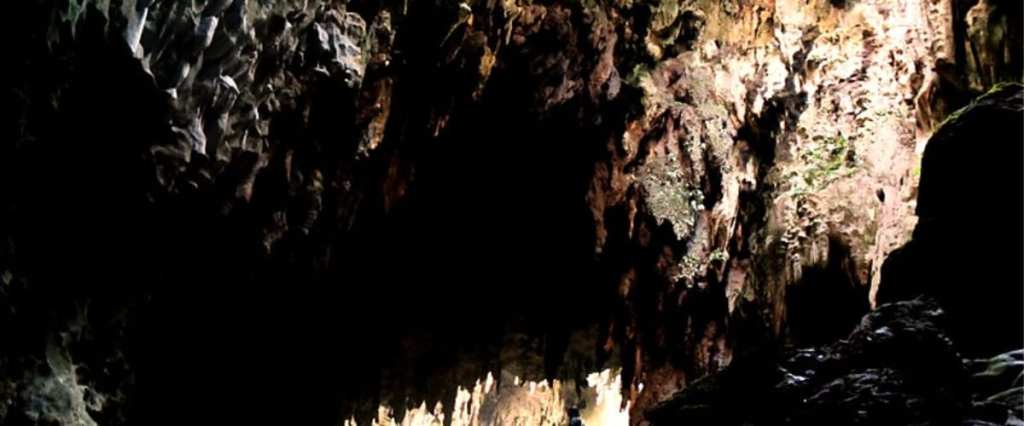The human family tree just grew another branch! Scientists are calling it Homo luzonensis, and it was discovered in a cave in the Philippines.
A 67,000-year-old thigh bone was discovered in the same system of caves back in 2007, which was unexpected because the island was cut off from the mainland during the last Ice Age. At the time, it was impossible to tell whether the bone came from a Homo sapien who had somehow made their way there, from another known species like Homo florensiensis, or something entirely new.
Now that 12 more fossils from at least three individuals . – two adults and a juvenile – have been found in the same cave, scientists are able to say for sure that they’re from a previously unknown species of early human. The remains share some similarities with Australopithecus aferensis, which died out over 2 million years ago, and others with Homo sapiens and even Homo erectus.
They also have features particular to them alone, such as small molars, that have never been documented before now.
Since stone tools and cut bones had also been found in the cave system, the discovery of human ancestors wasn’t a surprise, says Professor Philip Piper.
“We know hominids have been on Luzon for at least 700,000 years. We don’t know what sort of hominid.”
Because of the difficulty in extracting DNA from remains that have been in tropical environments and the low quantity of bones, we might never know for sure how they got there, whether they evolved from Homo erectus or a different common ancestor, or how they went extinct.
Researchers continue to hope that more digging might bring them more fossils, and that at least some of those questions could be answered.
Until then, welcome to the family, Homo luzonensis. We’re not perfect, but we’ve got great food.








